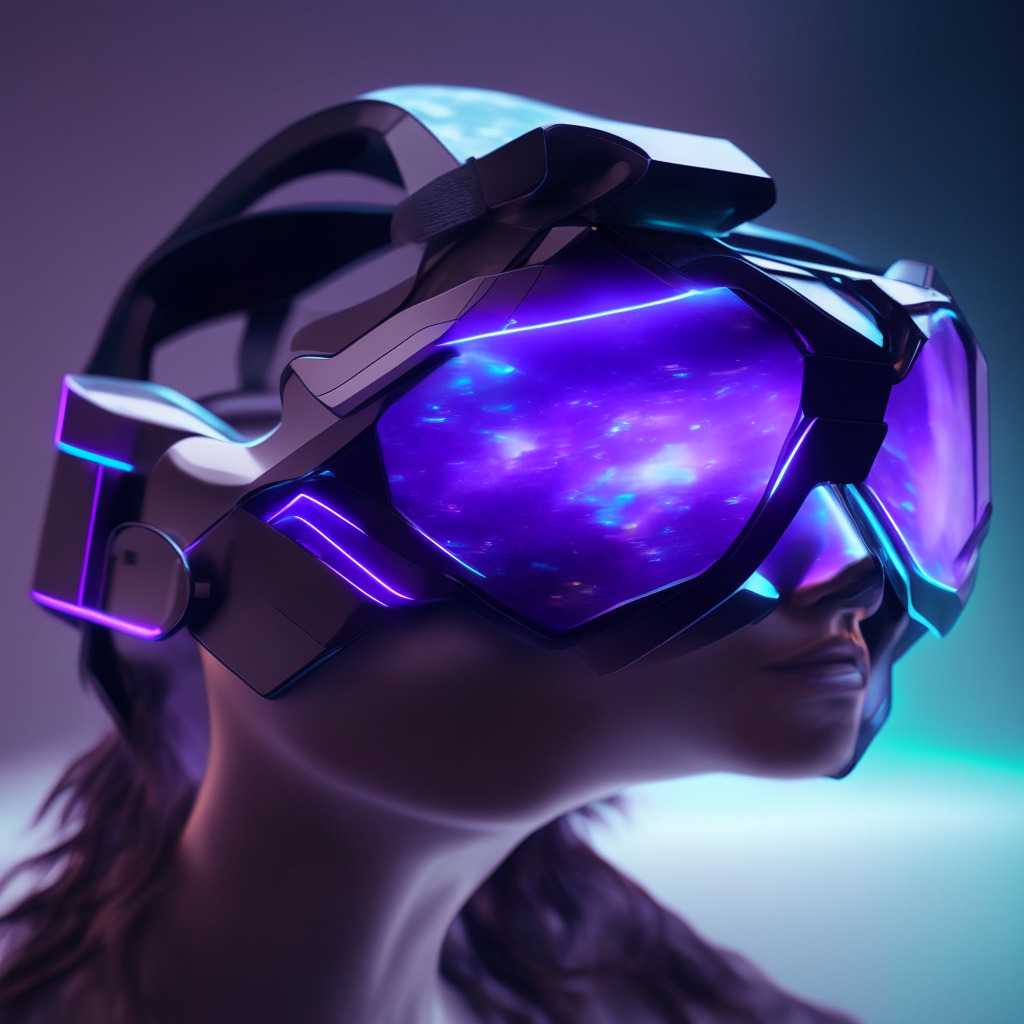Tech giant Apple recently unveiled their augmented reality headset, the Apple Vision Pro, which integrates the digital and real world, marking the beginning of the era of spatial computing. The highly anticipated product is set to launch early next year in the USA with a starting price of $3,499 for users over 13 years old. Despite its impressive capabilities, questions still remain whether the device will deliver on its promises and redefine the way we interact with technology.
The Apple Vision Pro boasts a two-hour battery life and features Optic ID, an authentication system that utilizes the uniqueness of one’s iris to uphold the company’s unwavering commitment to privacy and security. Naturally, this game-changing device is expected to breathe new life into the metaverse, Apple’s visionOS spatial operating system. The headset immerses users in their digital surroundings, transforming their physical spaces while simultaneously allowing interaction with others and the apps they use.
To navigate the Apple Vision Pro, users will use their fingers, eyes, and voice, creating an incredibly immersive experience that rivals traditional screens. By integrating with Mac laptops, users can create larger displays in their own spaces and easily access a wide range of applications. The headset even doubles as a “3D camera” for capturing photos and videos, offering unique opportunities for entertainment and content creation.
Not just limited to entertainment, Apple’s Vision Pro promises to revolutionize workspaces by enabling seamless browsing, task management, and communication with colleagues. The device’s advanced technology delivers more than a 4K TV-quality display for each eye, and its design incorporates laminated glass, an aluminum alloy frame, twelve cameras, and five sensors.
However, despite the hype surrounding the Apple Vision Pro, skeptics question whether it will meet or surpass expectations. While spatial computing and augmented reality have the potential to transform the way we interact with technology, many believe that it may take time for users and developers to fully embrace this new frontier. Furthermore, the hefty price tag may deter widespread adoption initially, which could limit the device’s impact on wider society.
In conclusion, Apple’s Vision Pro headset shows great promise in revolutionizing the way we interact with technology and the subsequent implications for the metaverse. Nonetheless, it remains to be seen if the headset can deliver on all its promises and witness widespread adoption, as the world awaits the era of spatial computing.
Source: Cryptonews




